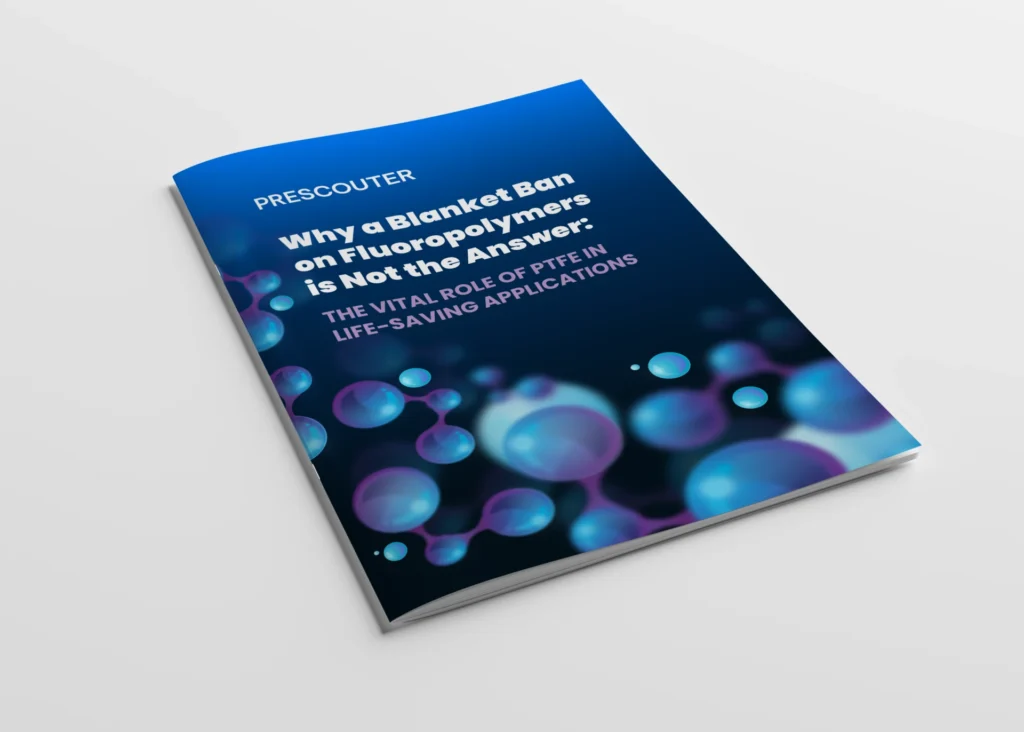Fluoropolymers comprise a subset of over 9,000 chemicals known as per- and polyfluoroalkyl substances (PFAS). Some PFAS substances have been a general concern regarding their potential persistence in the environment and bioaccumulation, for this reason, they are known as “forever chemicals”.
While PFAS are typically referred to as a group, some individual members of this group of molecules are much more harmful than others. Perfluoroalkyl acids (PFAAs) and their precursors have increased mobility and toxicity, characteristics directly correlated to their reduced molecular weight (MW) and stability. As a result, PFAAs face some level of regulatory restriction.
However, not all members of the PFAS family are harmful.
One example of a PFAS chemical of low concern that would suffer greatly from a blanket ban is polytetrafluoroethylene (PTFE).
PTFE makes up more than half of the fluoropolymer market and is used as a cost-effective solution for industries ranging from life sciences, oil and gas, chemical processing, industrial, electrical/electronic, and construction sectors, among others. While PTFE is not considered essential in all these applications, it is known to be included as an essential component in critical medical and diagnostic devices. This white paper highlights the importance of PTFE in life-saving medical devices and diagnostic applications.
Included in this White Paper:
- An overview of the different fluoroploymers
- PFAS regulatory state of play and current bottlenecks
- PTFE in life-saving diagnostics
- PTFE’s outstanding stability and safeness
- The critical use of PTFE during the SARS-CoV-2 pandemic
- Towards a sustainable use of PTFE within essential applications: Current trends and future directions








